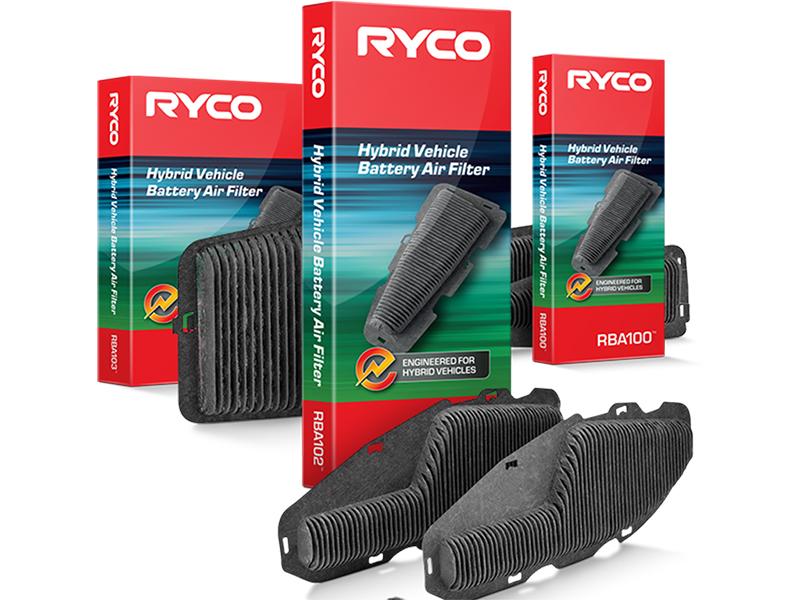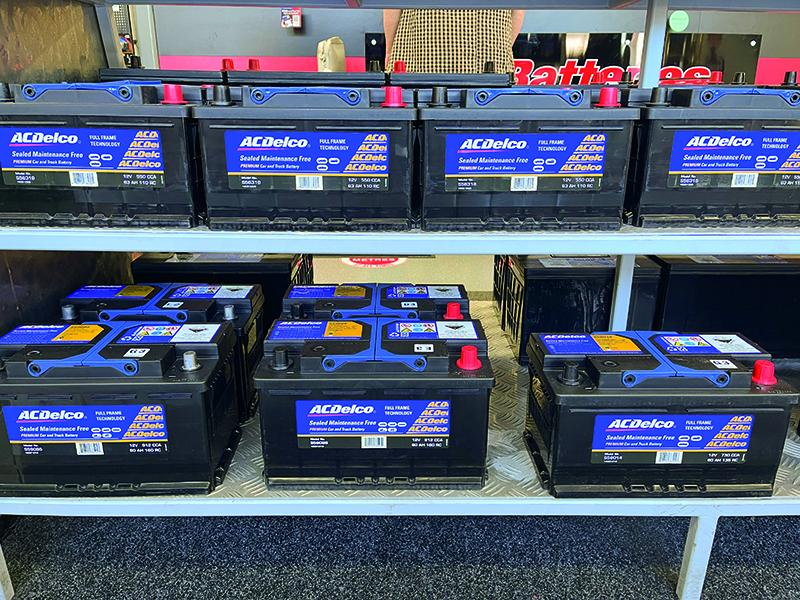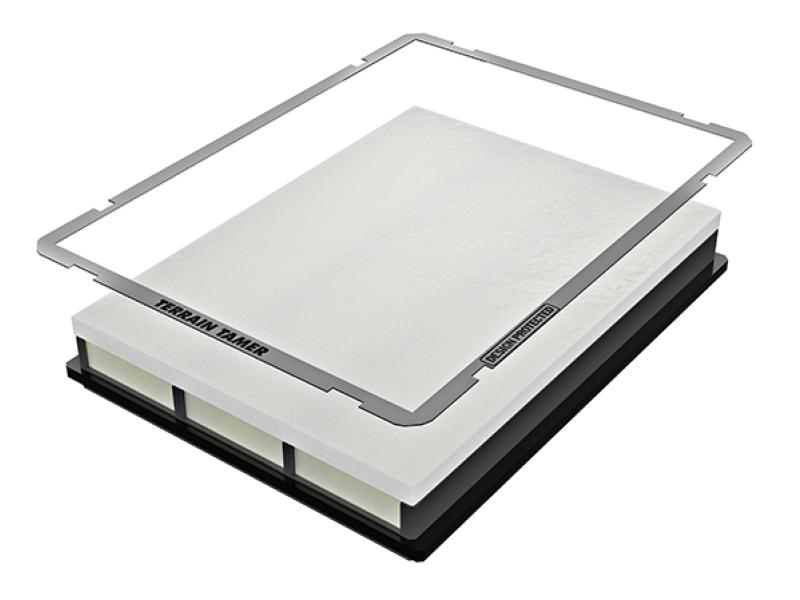There are three main kinds of engine oil on the market, conventional mineral oil, synthetic and semi-synthetic – so, what is the difference?
Firstly engine oil is made up of a base oil plus an additive package, the base oil might typically be around 80 percent of the total content and is the part that is referred to when we say mineral or synthetic.
Mineral oil: This refers to an oil where the base is made from refined natural oil – extracted from a well. The oil will undergo several refining processes and the finished product will be primarily hydrocarbons (which can be oxygenated or non-oxygenated) and traces of other compounds such as sulphur.
Synthetic oil: The base is created chemically in a laboratory, it may in fact be created from refined petroleum products but undergoes processes that modify the structure of the hydrocarbon molecules, this allows more customisation of the finished product meaning synthetic oils are generally used for higher performance.
Semi-synthetic: As the name suggests this is a mixture of mineral and synthetic base stocks – typically under 30 percent synthetic although oils with even 1 percent synthetic can be termed semi-synthetic.
Additive packages
- Additives (or additive package): Materials added to base oil (whether mineral or synthetic) to provide specific properties.
- Antiwear agent: Additive which creates thin tenacious films to prevent metal on metal contact.
- Detergent: Additive to keep engine clean.
- Dispersant: An additive that helps prevent sludge by keeping solid contaminants in suspension.
- Oxidation inhibitor: Additive to reduce oxidation and improve oil life (antioxidant).
- Phosphorus: Element used extensively in additives.
- Viscosity: Measure of how easily an oil will pour at a specified temperature. A thin oil pours more readily at low temperatures, reduces friction and helps engine starting at low temperatures whilst high viscosity, thicker oils, are better at maintaining oil film and pressure at high engine temperatures and speeds.
- Multigrade: Standard oils have a single viscosity; a multigrade oil can meet the requirements of more than one viscosity grade, allowing it to operate over a wider temperature range stated in the form XW-YY (the X is the W or winter viscosity at zero degrees C whilst the YY is the viscosity at 100 degrees C).
- Sludge: Residue that accumulates in non-moving engine parts – usually thick and dark – due to contaminants from engine in oil.
- Viscosity modifier: Additive – usually a polymer that will change viscosity parameters in particular in relation to changes in temperature.






